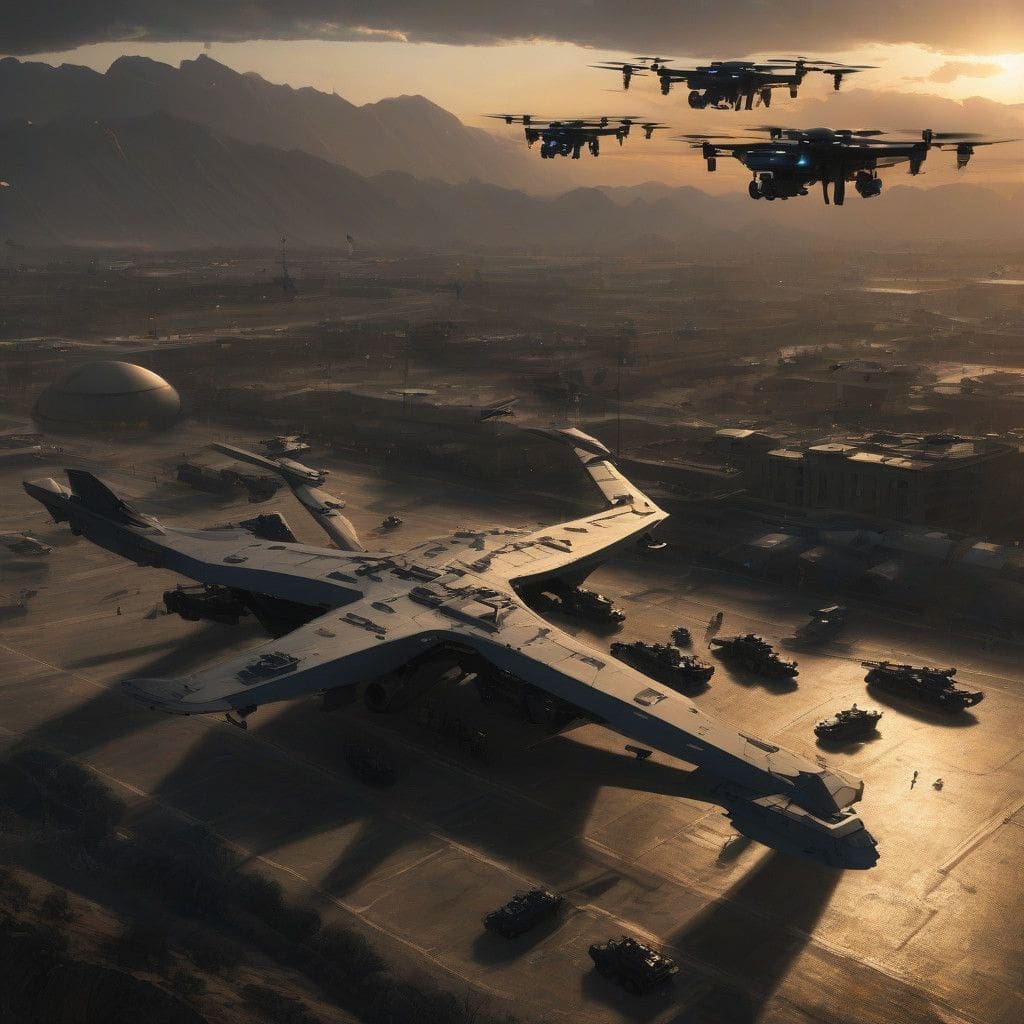In recent developments, Russian military operations are witnessing a notable enhancement through the increased deployment of AI-powered drones. This strategy aligns with the ongoing conflict in Ukraine, which has underscored the significance of drone technology in modern warfare. Russian Defense Minister Andrei Belousov confirmed that these advanced unmanned aerial vehicles (UAVs) are currently active in critical regions, showcasing their vital role in contemporary battlefield tactics.
Belousov disclosed that two specialized units equipped with AI drones are already engaged in operations in eastern Ukraine and along Russia’s borders with Belgorod and Kursk. One of the highlighting features of these drones is their autonomous capabilities, enabling them to lock onto targets and pursue missions even if they lose communication with their operators. This technological advancement not only enhances operational efficiency but also minimizes potential human error during critical missions.
The strategy outlined by Belousov indicates a broader ambition to expand drone capabilities within the Russian military framework. Plans are underway to form an additional five units, which would facilitate continuous drone operations, indicating a 24/7 readiness posture. This strategic pivot reflects a growing acknowledgment of the drone’s effectiveness as a combat tool, akin to traditional air support, but with the added benefit of reduced risk to personnel.
In tandem with these developments, the Russian government aims to escalate drone production dramatically. President Vladimir Putin’s directives target producing 1.4 million drones by the end of the year, representing a tenfold increase in production capacity. This ambitious goal not only signifies a commitment to modernizing military capabilities but also sets a precedent for the industrial scale necessary to support drone warfare.
Both Russia and Ukraine have increasingly incorporated drones into their military strategies throughout the conflict, transforming the nature of engagement on the battlefield. Ukraine, aware of the advantages these UAVs confer, has also utilized drones for offensive operations, striking targets even deep inside Russian territory. This highlights a significant change in military tactics, where drone technology becomes central to both defensive and offensive strategies.
The rapid adoption and deployment of AI-driven drones underscore a broader trend in warfare: the integration of advanced technologies to gain a tactical edge. Russia’s focus on AI reflects a global shift toward automation in military operations, raising crucial questions about the future of combat. The effectiveness of these drones may prompt other nations to adapt and enhance their own UAV capabilities, potentially leading to an arms race focused on drone technology.
Critics of this strategic shift argue about the ethical considerations and potential escalation of conflicts that AI and autonomous weaponry introduce. The use of AI in military operations raises concerns about accountability in warfare and the implications of allowing machines to make life-and-death decisions. The ongoing integration of AI into military frameworks calls for international dialogue on the regulation of such technologies to ensure that operational integrity and ethical standards are maintained.
In conclusion, the enhanced use of AI-driven drones by Russian forces illustrates a significant evolution in military tactics that could redefine modern warfare. As nations worldwide observe Russia’s advancements, the implications extend beyond the battlefield, prompting discussions regarding regulation, ethics, and the future of military engagements. The coming years may very well reveal the outcomes of this technological evolution and its impact on international relations.
